Estimated reading time: 9 minutes
Training your furry friend can be both a rewarding and challenging experience. Whether you’re helping your new puppy understand basic commands or working through behavior issues with an older dog, finding the right training method is key to success.
You may have heard about various approaches, such as positive reinforcement or force-free methods, but what about balanced dog training?
Balanced dog training is a blend of incentives and gentle discipline that aims to create clear communication between you and your canine companion.
This technique involves using rewards for good behavior while incorporating corrections when necessary to discourage undesirable actions.
By reading this article, you’ll gain insights into how balanced dog training works and why it might be the best choice for teaching your beloved pet.
Key Takeaways
- Balanced dog training uses both rewards and corrections to teach dogs right from wrong.
- Treats, praise, and play reward good behavior; tools like leashes or collars correct bad habits.
- This method mixes positive reinforcement with aversive consequences for clear communication.
- Tools such as e-collars and prong collars must be used wisely in balanced training.
- Balanced training is effective for many behaviors and works well for different dogs.
Defining Balanced Dog Training
Balanced dog training is an approach that incorporates both rewards for good behavior and aversive consequences for unwanted actions, aiming to establish clear communication between the dog and its owner.
In this method, trainers seek a middle ground where positive reinforcement is combined with measured corrective techniques to guide dogs toward making appropriate choices.
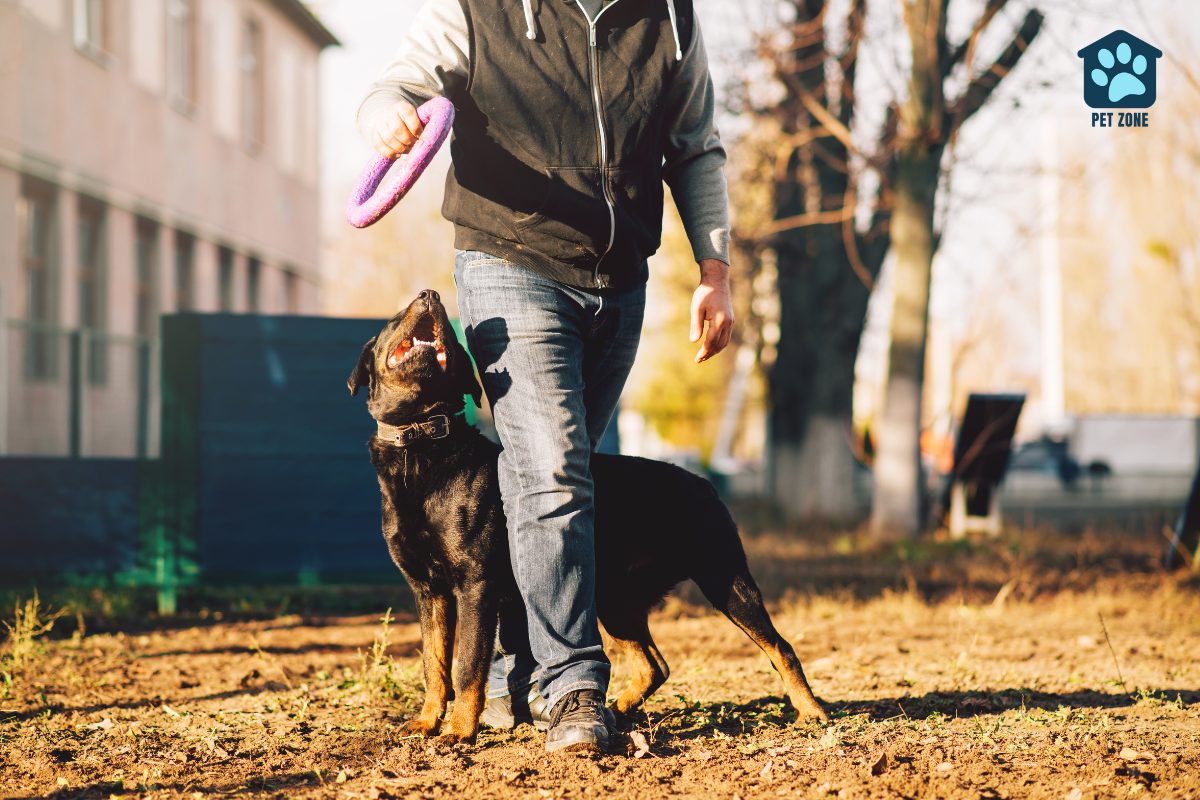
The Use of Rewards and Aversive Consequences
Balanced dog training mixes treats and praise with a firm “no” and leash corrections. Dog trainers give rewards like food or play to say “good job” when a dog does something right.
They use aversive consequences, such as a sharp tug on the collar, to show a dog when it makes a mistake. This approach aims to teach dogs that their choices lead to different outcomes.
Aversive methods can include things like prong collars or e-collars. These tools apply pressure or deliver a shock when the dog pulls on the leash or breaks rules.
While they can be effective, some studies warn that too much harsh training may stress out many dogs. Trainers must use these tools wisely and pair them with positive actions for balance.
Balanced Dog Training versus Positive Reinforcement
Balanced dog training combines rewards and mild punishments to teach dogs. Trainers give treats for good behavior but also use corrections like a leash tug to stop bad habits. This makes the dog want to do the right thing to get treats or praise.
Some people think balanced training is fair because it’s clear to dogs what’s right and wrong. Others prefer positive reinforcement because it builds trust with no fear of mistakes. Each dog is different, so trainers decide which method helps a dog learn best without stress or harm.
The Four Quadrants of Learning Theory in Balanced Training
Balanced dog training uses a mix of methods from all four learning quadrants.
In this approach, trainers give treats for good actions, using positive reinforcement to increase desired behaviors. For example, when a dog sits on command, it gets a treat. This makes the dog more likely to sit again in the future.
Negative reinforcement involves removing something unpleasant when the dog does what you ask. Imagine taking pressure off a leash when your K9 follows you—this rewards them and teaches them to keep following you next time.
On the other hand, positive punishment adds an uncomfortable consequence right after unwanted behavior happens; like saying “No” sharply or applying brief leash pressure when your pet jumps on someone.
Finally, negative punishment means taking away something nice to lower the chances of bad behavior recurring. If your dog starts barking too much during playtime, stopping the game signals that silence is better than noise-making.
Each quadrant plays its role in teaching dogs that their choices have direct effects on their world.
The Role of Corrections in Balanced Dog Training
Corrections in balanced dog training help dogs understand which behaviors are not acceptable. Trainers may gently apply pressure or use a specific sound to let the dog know it needs to change its behavior.
They must be timely and appropriate so that the dog can make the connection between their action and the correction.
A balanced trainer knows how important it is for corrections to be fair and consistent. They teach dogs clear boundaries this way. It’s not about punishment but helping dogs learn from their mistakes.
Good trainers always pair corrections with lots of praise when a dog does well, keeping training sessions positive and effective.

Myths and Arguments Around Balanced Dog Training
Some people think balanced dog training is not kind or fair. They worry that tools like shock collars and prong collars can hurt dogs. These folks believe in only using treats and praise to train dogs.
But supporters of balanced training say it’s about clear rules and helping the dog understand choices.
Others argue that positive training doesn’t work for every dog, especially when dealing with tough issues like aggression or fear. Balanced trainers counter this by saying their methods can help those tougher cases by setting firm boundaries.
They point out that when used correctly, tools like e-collars don’t harm the dog but give quick signals about what’s right or wrong.
Both sides want what’s best for dogs – a happy life where they know how to behave well around people and other animals.
Similarities Between Balanced Training and Force-Free Training
Both balanced and force-free training methods want dogs to learn good behaviors. They both use treats, praise and play to reward dogs when they do something right. This makes the dog more likely to repeat the good behavior.
Dog owners can see that in both ways of training, their pets get happy when they follow commands.
These two types of training also care about the well-being of the dog. Trainers avoid being too harsh and always watch how the dog reacts. They make sure the dog understands what is expected by using clear signs and guidance.
The goal is for a strong bond between the owner and their pet through trust and mutual respect.
Tools Used in Balanced Dog Training
Balanced dog training involves a range of tools. Some help increases good behavior, while others decrease bad actions.
- Slip leads are often used to guide and control a dog’s movements during training.
- Prong collars apply pressure evenly around the neck when a dog pulls or doesn’t follow commands. Trainers say this mimics the correction a mother dog gives her puppies.
- E-collars can deliver a small shock to get a dog’s attention or stop unwanted behavior. Settings can be adjusted for different levels of sensitivity.
- Training collars, like flat collars, give you control without applying too much pressure on the neck.
- Clickers signal to the dog that they did something right and that rewards are coming soon, like tasty treats.
- Food rewards help dogs understand what actions earn them praise and more treats.
- Aversive tools such as shock collars may be employed by some trainers but are controversial because they can cause pain or fear.
- Verbal cues teach the dog to listen for specific words that mean “do this” or “stop that.”
- Hand signals work with verbal cues to give clear commands to dogs during training sessions.
- Physical corrections involve the trainer using their hands to gently position or guide the dog into the desired action, such as sitting down.
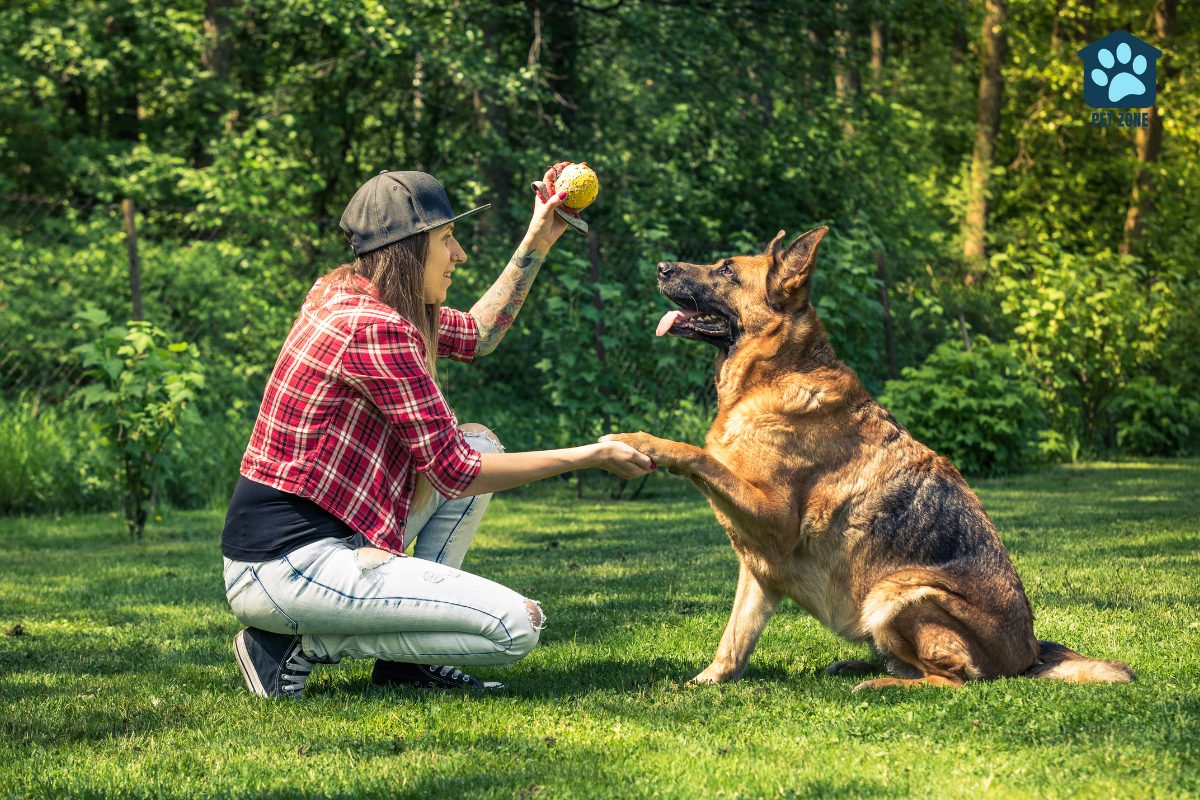
Effectiveness of Balanced Dog Training
Balanced dog training gets results. It’s a mix of rewards and gentle corrections that help dogs understand what we ask of them. This type of training works for different dogs and many kinds of behaviors, from sitting to staying calm around strangers.
Dogs learn faster with this method because they get clear signals about what’s right and wrong. Training tools like leashes and collars are used in kind ways. They teach dogs how to behave without hurting or scaring them.
Happy, well-behaved pets come from balanced training. Owners see the changes quickly, making life better for both the dog and the owner.
Conclusion
Balanced dog training mixes rewards and aversive consequences. It helps dogs understand both what to do and what not to do. This method uses tools like e-collars carefully, so the dog feels safe.
Trainers must know how to use these tools right and when to use them. If done well, this training can improve your dog’s behavior a lot. Always choose a good trainer who uses balanced methods correctly and kindly.
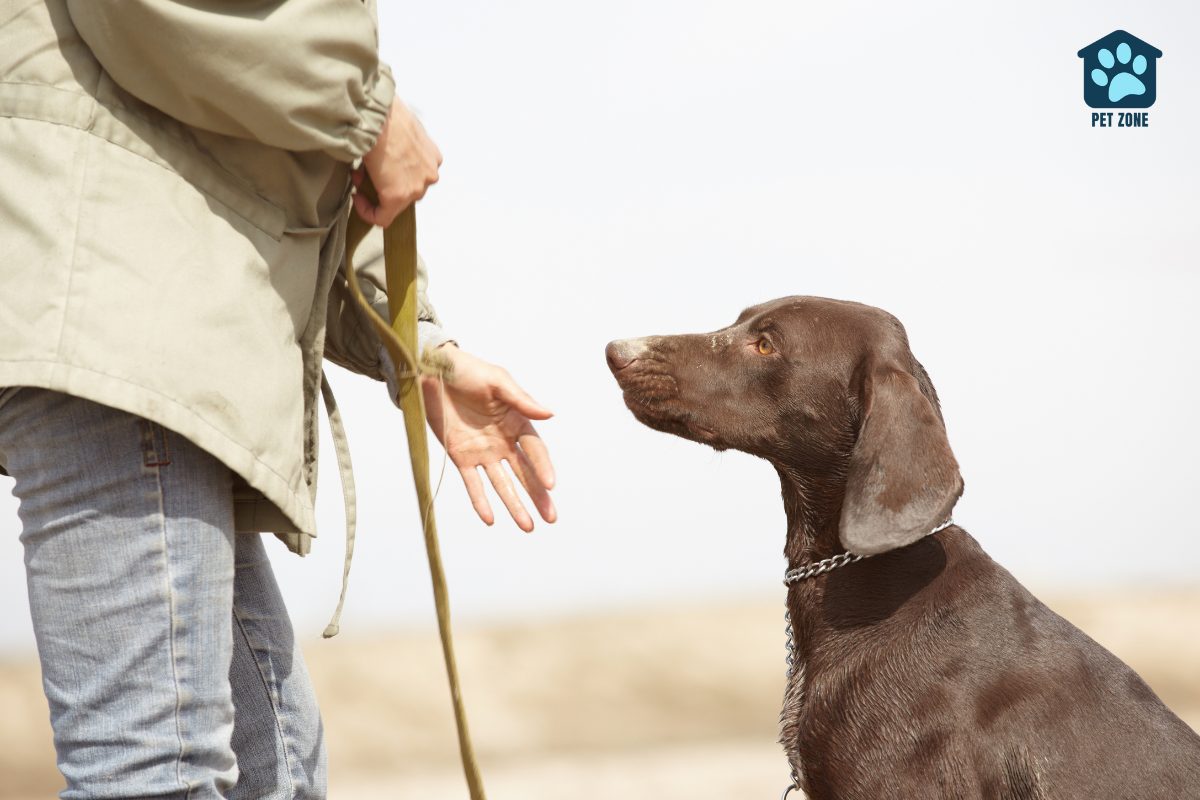
Frequently Asked Questions
Balanced dog training is a way to train your dog using both rewards for good behavior and corrections for unwanted actions. It’s about combining different tools and techniques so your dog learns the right choices.
With a balanced approach, dogs find out what behaviors are good by getting rewards, like treats or praise. They also learn which behaviors aren’t okay when they get gentle corrections, guiding them on how to act.
No, every professional dog trainer might use different types of operant conditioning, but many balanced trainers will use both reward-based systems and apply pressure gently to teach dogs effectively.
Yes! Tools or techniques should always be used humanely; that means kind but firm guidance without hurting or scaring the dog—teaching rather than punishing.
Absolutely – by using rewards and corrections properly, you increase the likelihood of your dog doing good things more often and decrease the chances of naughty habits sticking around.
Lots of people find that learning about positive reinforcement combined with fair corrections fits well with teaching their pets—it’s flexible and it works even when dealing with tough issues like reactivity.
As an Amazon Associate I earn from qualifying purchases.
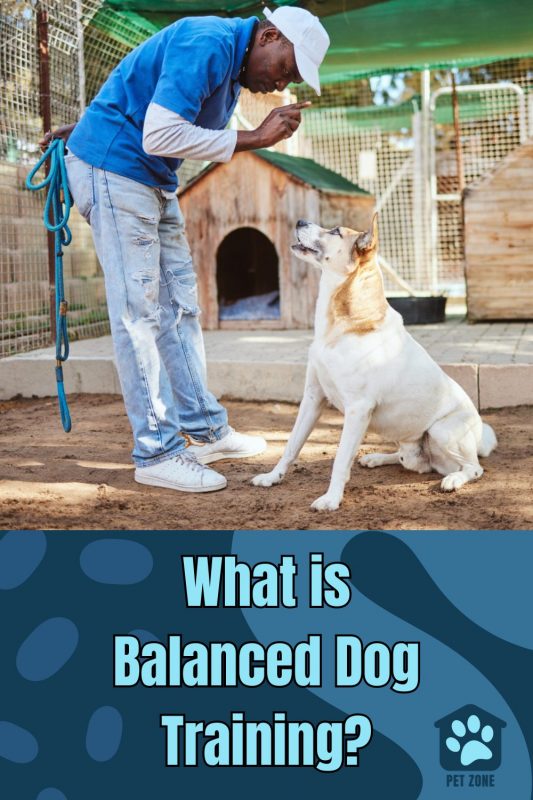


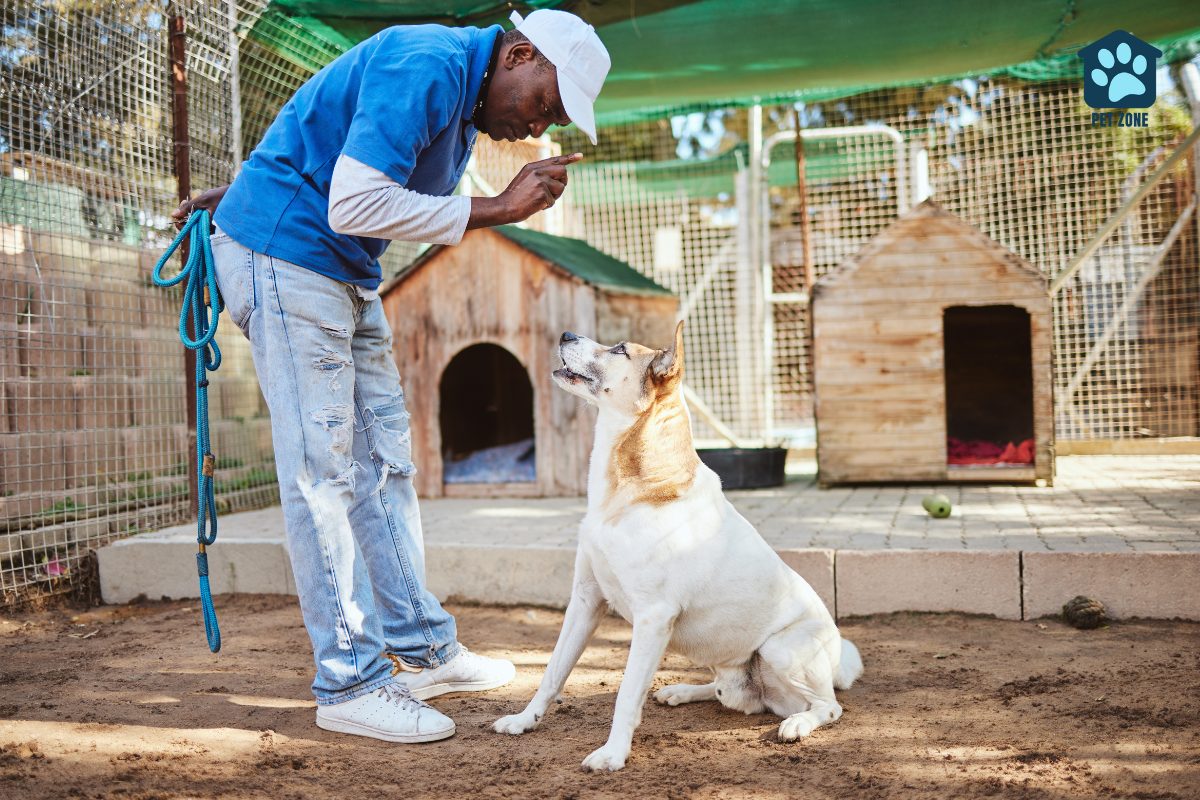
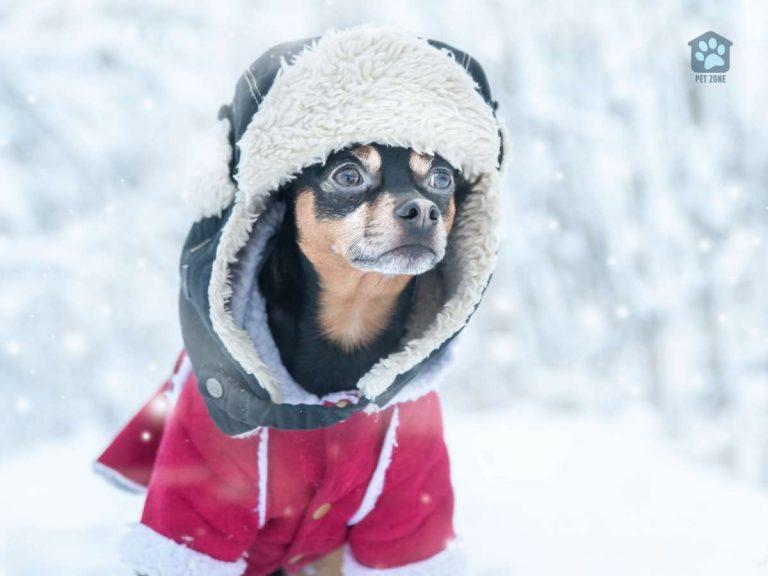

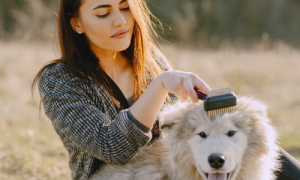



Thanks for these great tips! Very useful knowledge for any dog owner who wants to start training.
These are great tips for balanced dog training. I like the idea of mixing both pleasant rewards and aversive consequences. My Belgian Malinois went through similar training for K9 policework.